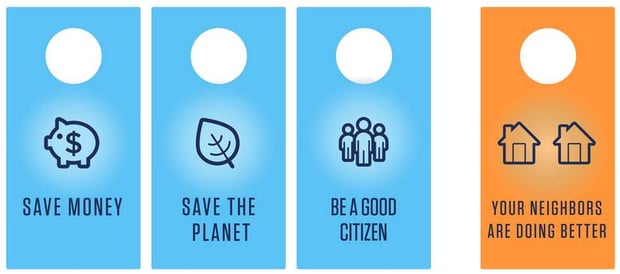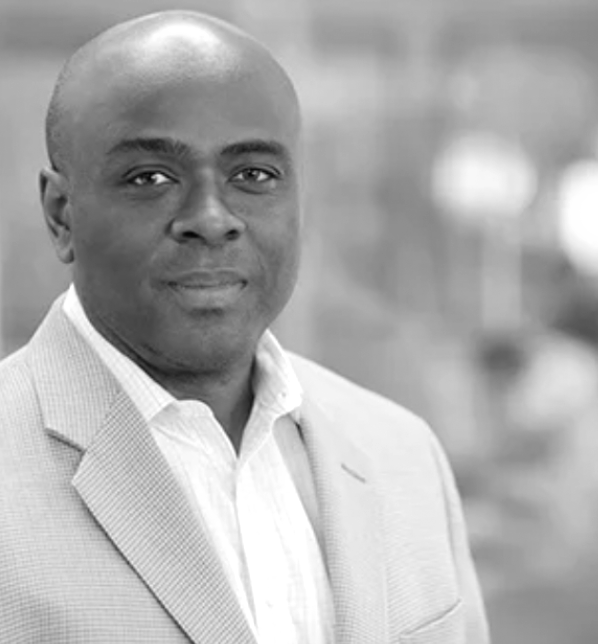Over the last five years, Amy Wilkinson, author of the Creator’s Code, met with more than 200 entrepreneurs who had success scaling their businesses to $100M+ revenue. Last week, we had the pleasure of hosting Amy as our closing keynote at our 2015 CEO Summit. Her rigorous research and analysis of successful “creators” from companies, such as Chipole, SpaceX, Airbnb, Paypal, Under Armour, LinkedIn, IDEO, and Tesla, to name a few, has unlocked the six essential skills that have proven to turn small ideas into big companies.
Here's are the six skills you need to have crack the Creator's Code:
1. Find the Gap
The concept here is that creators find a gap that others don’t see -- spotting an opportunity. One example Amy shared was of Under Armour founder, Kevin Plank, who was a walk-on fullback to the University of Maryland, a good, but not great athlete. Because he worked harder than everybody else, he sweat...a lot.

He also found that when practice was over, he could wring out two pounds of sweat from his cotton undershirt, which was acutally weighing him down. This was the gap in the marketplace. He visited a local fabric store and found that synthetic fabric would actually wick away moisture, and went to a local tailor and had a prototype made along with a few to test out. And then, Under Armour was born, which has scaled to become a multi-billion dollar, global company.
2. Drive for Daylight
Manage speed like a racecar driver by focusing on the horizon. Racecar drivers don’t look at lines on the road or other cars around them because they’re simply moving way too fast. Creators of great ideas and companies do the same thing.

Amy shared the example of Elizabeth Holmes, the founder of Theranos, a drug lab-testing company that she has spent the last 10 years building. With just a couple of drops of blood, you can literally do hundreds of diagnostic tests in just a couple of hours. The long horizon view here is that we could not only detect diseases, but also potentially prevent them.
Its about not getting caught up in the current challenges that you’re facing, but focusing on the horizon at all times; and keep heading in that direction.
3. Fly the OODA Loop
The OODA loop is an Air Force term that stands for Observe, Orient, Decide and Act. There was a fighter pilot named John Boyd, known as 42nd Boyd because he could shoot down an opposing fighter jet in less than 40 seconds. He used this framework he coined the "OODA Loop." If you could observe, orient, decide and act faster than the competition, you could change the landscape or change the dynamics of a fight.

This concept works in the business world, and actually aligned nicely with our CEO Summit theme "Strategic Agility."
Amy gave the great example of Paypal. The original founders of Paypal changed their business model six times in 18 months and moved faster than the competition. They engaged with eBay--a huge company in the late ’90’s, compared to Paypal who at the time was a tiny startup--and yet they continued to outmaneuver that big company.
Paypal sold to eBay and then the original team of founders went on to start YouTube, Yelp, Yammer and LinkedIn and put the first money behind Facebook. The next wave of the internet basically came out of this one core team from Paypal that could fly the OODA Loop. They could observe something, orient very quickly to it, decide and act and rapidly build companies.
4. Fail Wisely
In Amy's 200 interviews, she was surprised that almost all of the CEOs talked to her about failure. All great creators, all with a failure story. If you fail, you must “fail wisely” to be successful. There are ways to be smart about setbacks.

We heard the example of Opower, an energy conservation company, who just went public in 2014. They started based on small experiments of in California hanging door knockers on doors of homes saying, “Please turn off your air conditioning and please turn on your fan.” They did four experiments before figuring out what would work.
Fail #1: Knocker said, “Please turn off your air conditioning, and turn on your fan because you could be a good citizen.” No one did anything.
Fail #2: Knocker said, “Please do this. You could save the planet. Global warming is real.” Again, no one did anything.
Fail #3: Knocker said, “You could save $55 on your electricity bill.” Still that didn’t compel people to change behavior.
Finally, The forth knocker was the charm. It read, “Seventy-seven percent of your neighbors are turning off their air conditioning and turning on their fan.” Everybody started turning off their air conditioner and turning on their fan.
The process of 'tinkering' allows top leaders to avoid catastrophic faileures.
5. Network Minds
Two heads are better than one. Bring on the brain power to help you solve problems in new, innovative ways. (Another good tie in to what Strategic Agility is all about).
From Amy's perspective, the concept here is around cognitive diversity. She gave the example of GE and the MRI machine. 70% of hands went up in the room when Amy asked the audience how many of us had had MRIs before and how we felt inside the big machine. Not a positive experience. Then she had us think about that experience if we were kids. Scary, right?

The GE example was about a man named Doug Deitz who transformed the MRI machine into an "Adventure Series" for kids. He put a super diverse team together, from kids and daycare providers to designers of children’s museum exhibits, doctors, nurses, etc...and they came up with a series of MRI machines with different themes, including a safari, space odyssey, and jungle camp. Kids dug them! The exact same MRI technology, but by networking different minds, the result was completely different.
Same to be applied to business. Leaders who surround themselves with a diverse team, and can collaborate with people who may not share their way of problem solving, enables them to create a fuller view when tackling a problem.
6. Gift Small Goods
Probably the quote of the day: "Generosity enhances productivity."
Gifting small goods is about the exchange of small kindnesses, a small favor, some small way to help someone else. Forward a resume, help with come coding, or even just a small sign of encouragment are good examples. Linked In works this way.
Reid Hoffman, the founder of Linked In, built the business on this notion--and on the concept that your reputation will be known. He has built a platform for small gifts to vouch for people's skill sets, connecting people accross geographies and industries, and for fast communication. There is great imporatnce on good behavior, and being rewarded for that good behavior.
People want to work with people who are collaborative. Offering these small acts of kindness leads to building stronger relationships which leads to being more productive and being a better leader.
Clearly not every leader had every skill, and some were definitely better at driving to daylight than creating a group of 'networked minds;' but the key is that leaders now have a blueprint, if you will. You may not have to incorporate all six skills at the same time, but using these points as a guideline should certainly help you as a leader determine how to continue to improve.
Did you miss the 2015 CEO Summit? Check out the recap here.

